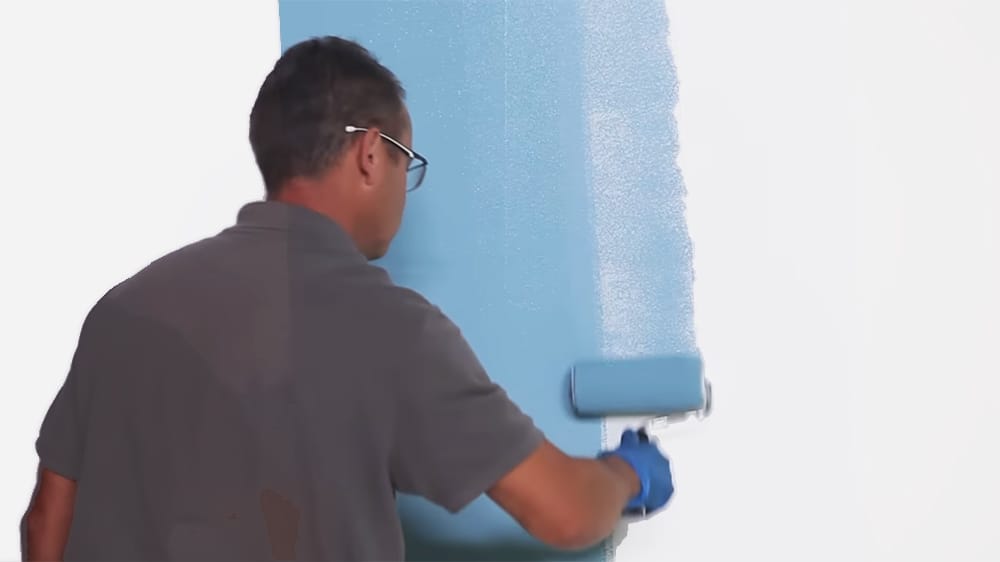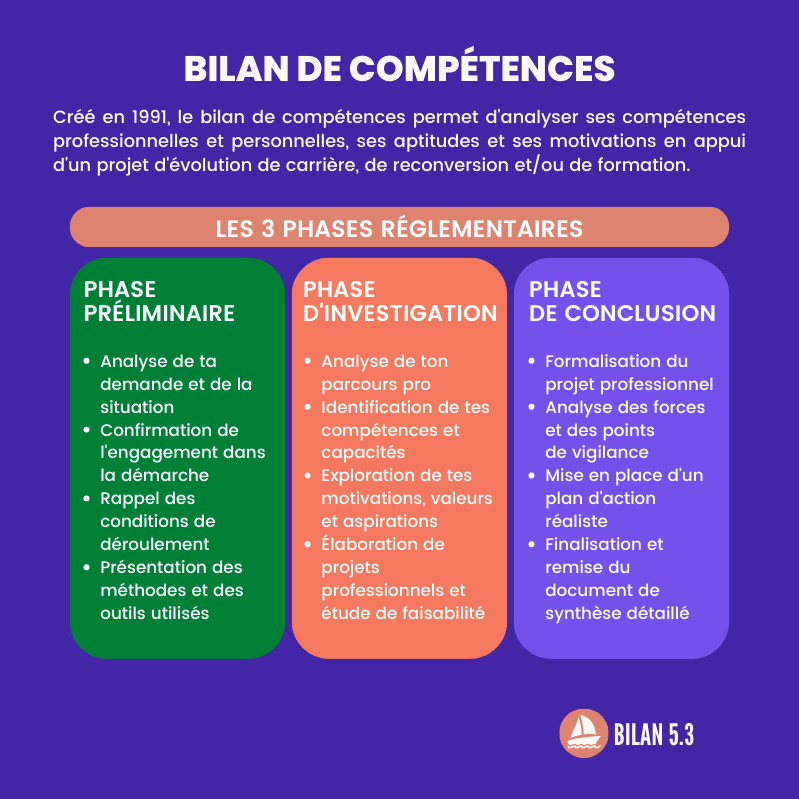March 25, 2009 – Don’t count on the characters from your favorite TV series to introduce you to the pleasures of healthy eating and cooking. Even a kiwi seems exotic in the context of a Quebec soap opera.
At least, that’s what Monique Caron-Bouchard, member of the Media and Health Research Group at UQAM, noted.1. During the year 2004, the sociologist analyzed 513 sequences extracted from 13 soap operas as Virginia Where Ramdam. Of those, 40% mentioned food in one way or another.
The characters’ plates had nothing to delight nutritionists. Fruits and vegetables were virtually absent from the meal scenes. Those who appeared on screen were not very diverse. The banana, the apple or the tomato played the leading role. The dishes were also fishing for their lack of diversity. Classics “chicken and potatoes” or “meat and rice” eclipsed dishes of foreign origin. Fish and seafood were completely absent.
Monique Caron-Bouchard also noted that only 6% of the sequences referred to sport. In these, it was mostly about physical conditioning, but very little about the pleasure associated with sporting activity.
Without wanting to lecture, screenwriters, directors and producers could do more to present characters who espouse healthy lifestyles, believes Monique Caron-Bouchard. True that budgets do not often allow filming outside. But the protagonists might hint at their squash game from time to time.
The viewers identify with the characters, underlines the sociologist. And TV can have a significant influence on their lifestyle.
Doctors too
It seems that medical students are also influenced by television series, specifically those which, like ER (Emergency room in French), take place in a hospital environment. This influence would be detected even in their practice, discovered the Dr Peter Brindley, University of Alberta Hospital2.
The intensive care specialist sniffed the case when he realized many of his students and residents were using incorrect technique to insert a breathing tube into patients. With his colleague, Dr Craig Needham, he surveyed 80 of them.
Several admitted learning the technique by watching doctors and nurses on television, most often by listening to ER. The Dr Brindley and Needham listened to a season of the series in which 22 scenes of intubation were filmed. In each, the patient’s head was not in the proper position to receive the tubes.
The Dr Brindley believes medical students should practice the technique on mannequins before moving on to patients, which is not currently the case.
Respond to this news on our blog TV dramas: should the characters have a good lifestyle?.
Dominique Forget – PasseportSanté.net
1. Renaud L, et al, What “health” reality do soap operas shape? An exploratory study, Media and Health Research Group (GRMS), University of Quebec Press, Health and Society Collection, p 131-151. To consult the study: www.grms.uqam.ca
2. Positioning prior to endotracheal intubation on a television medical drama: Perhaps life mimics art, Brindley PG, Needham C, Resuscitation. March 16, 2009 [publié sur le Web avant impression].
















